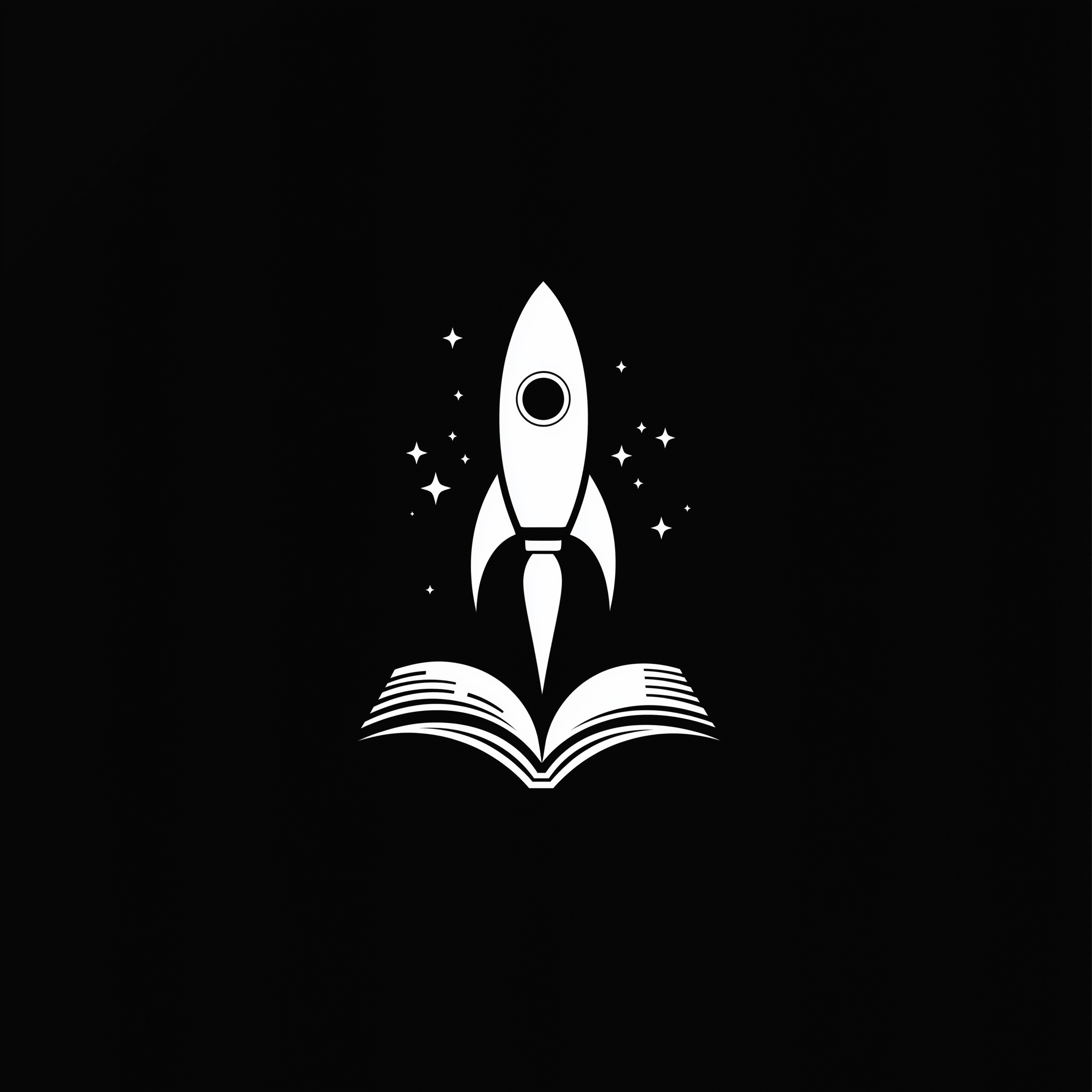- Elementary Reading (Literal Comprehension)
Reading is more than just saying words on a page—it’s about understanding, analyzing, and using what you read. Whether you’re a student preparing for the SAT, a parent supporting a young learner, or a lifelong reader, understanding the four levels of reading can dramatically improve how you learn.
This is the most basic level—learning to read. It includes recognizing words, sounding them out, and understanding their literal meaning. At this stage, readers can answer questions like, “What happened first?” or “Who is the main character?”
Who it’s for: Early readers, struggling readers, and anyone learning a new language.
Tip: Use phonics games, read aloud together, and ask “wh” questions.
2. Inspectional Reading (Skimming & Scanning)
This level is about getting the gist quickly. Think of it like a first impression. Readers scan headlines, glance at paragraphs, or skim chapters to decide what’s important.
Who it’s for: Students reviewing for tests, researchers, and anyone short on time.
Tip: Practice reading for 10–15 minutes to spot main ideas and key terms. Perfect for nonfiction and test prep!
3. Analytical Reading (Deep Reading)
This is where real thinking begins. Readers break down the text, evaluate arguments, recognize literary techniques, and ask why the author wrote something a certain way.
Who it’s for: High schoolers, college students, and SAT/ACT test-takers.
Tip: Ask yourself questions like “What is the author’s purpose?” or “What’s the tone or bias?” Use annotation strategies.
4. Syntopical Reading (Comparative Reading)
This is the highest level of reading—comparing ideas across many texts. It’s what scholars do when writing essays or doing research.
Who it’s for: Advanced students, researchers, and those writing arguments.
Tip: Create a chart of different authors’ points of view. Find patterns and contradictions.
Why It Matters
Most students stop at Level 2. But to succeed on standardized tests or write strong essays, you need Levels 3 and 4. Reading actively—asking questions, making connections, and looking for patterns—turns reading into thinking.
Want to improve your level of reading?
Join our Reading programs or download our free guide to annotation strategies!
Today is a great day to start!!!
Contact me for your free 30-day reading challenge for adults or students!


Leave a Reply